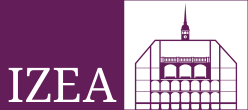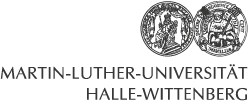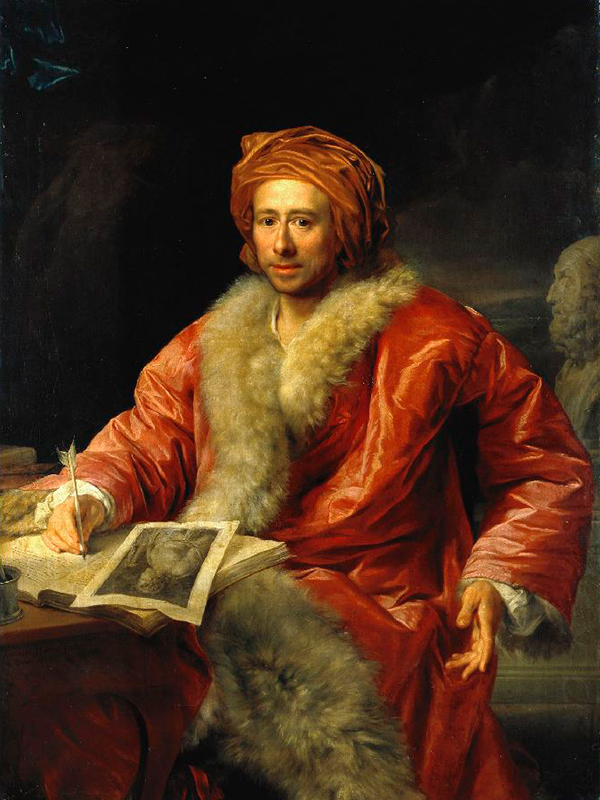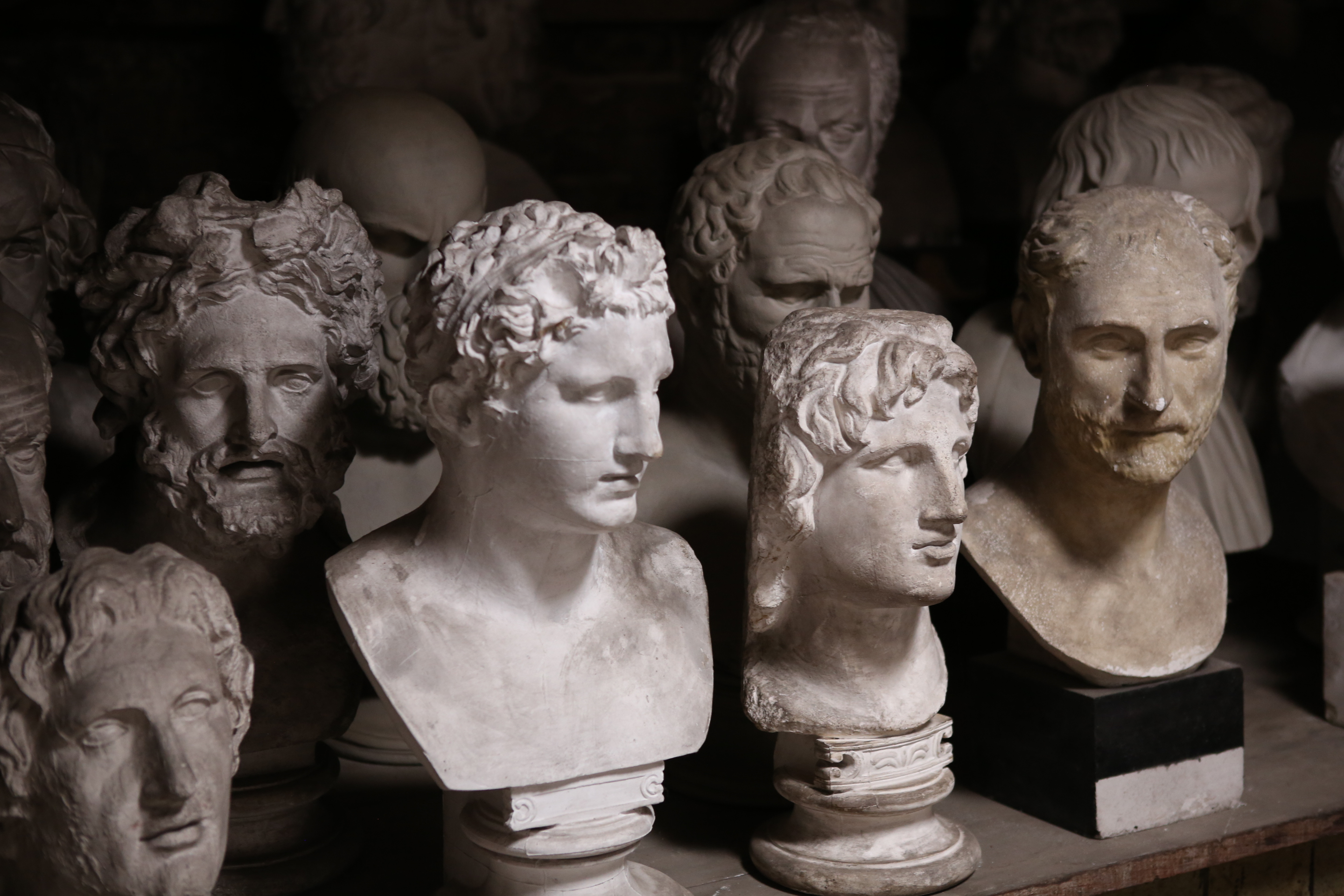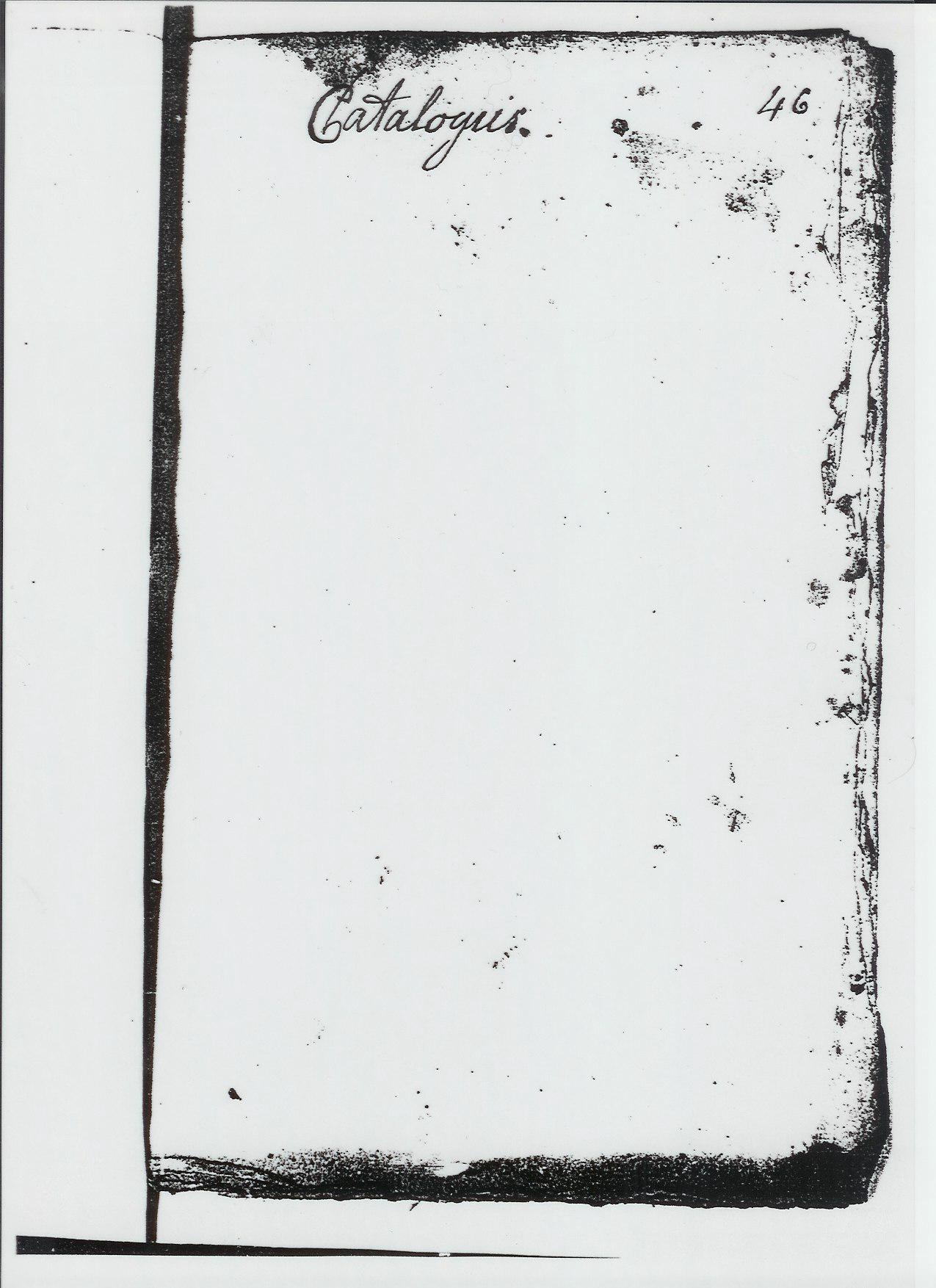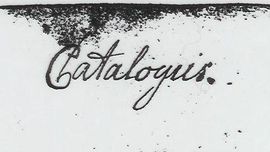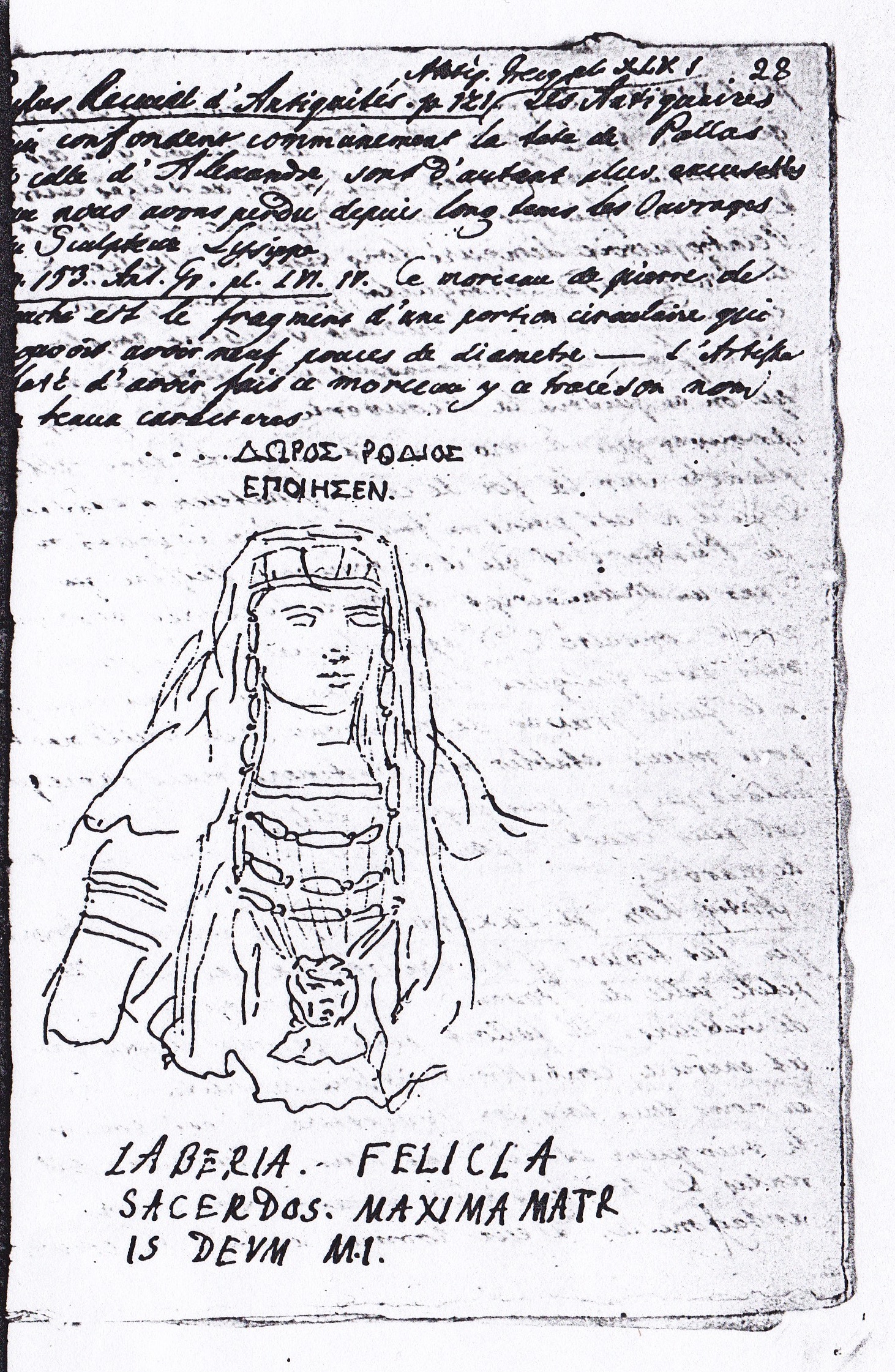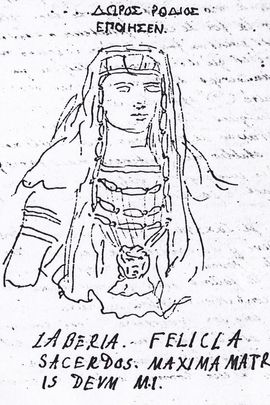Enlightenment, Classicism and the Classics. Concepts of periods as historical constructions in European Context
Project manager: Prof. Dr. Elisabeth Décultot
Project associates: Dr. Martin Dönike; Dr. des. Claudia Keller; Denis Stante M.A.
Duration of project: 01.02.2015 - 31.01.2020
Description of Project
The goal of this project is to investigate the terms given to the periods of the Enlightenment, Classicism and the Classics as historical constructions and hence to ask about their meaning for a retrospective understanding of the long 18th century. The reconstruction of terminological and intellectual-historical contexts will pay particular attention to internationally diverging terminological traditions and historical asynchronicities across Europe.
Winckelmann exhibition (Weimar, Neues Museum, 2017)
One of the central fields of work of the team dealing with Enlightenment, Classicism and the Classics is a planned exhibition dedicated to Johann Joachim Winckelmann (1717–1768), which will be carried out in cooperation with the Klassik Stiftung Weimar under the title “Winckelmann: Modern Antiquity.” At the centre of the exhibition is the projective character of Winckelmann’s antiquity, the imagination of which promised not only provided diverse answers to aesthetic and social challenges circa 1800, but also inspired various aesthetic, anthropological and political debates in the C19th and C20th.
In Halle an der Saale and Weimar, the project unites two locations important both to Winckelmann’s biography and his afterlife. Winckelmann, the founder of archaeology and the writing of art history, began his studies (1738–1740) in Halle, where, amongst others, Alexander Gottlieb Baumgarten, the founder of aesthetics, taught. It has been shown that he used the book collections here, in particular those of Johann Peter von Ludewig, Professor of Law and later Chancellor of the University. It is also possible that he had access here to the coin collections of Johann Heinrich Schulze (1687–1744) and could hence have entered into contact with artefacts of classical antiquity for the first time. In turn, Winckelmann himself became a classic in Weimar, for example, in the publications edited by Goethe under the title Winckelmann and his Century (Winckelmann und sein Jahrhundert, 1805) and the eleven-volume edition of his Works annotated by Carl Ludwig Fernow and Johann Heinrich Meyer (Winckelmann’s Werke, 1808–1825), but also in the form of his portrait, by Anton von Maron, which had already been bought for Weimar in 1808.
Winckelmann and His Century
The first part of the exhibition examines the multifaceted origins of Winckelmann's works between tradition and innovation. Arranged in a loosely chronological order and based on the keywords 'Reading', 'Seeing' and 'Touching', the exhibition introduces the viewers to the initially textual and later increasingly sensual principles of Winckelmann's approach to antiquity in Dresden, Rome and Florence.
The early reception of Winckelmann's work around 1800 is distinguished by a decidedly European circulation and dissemination of his writings and ideas. Numerous reproductions of the Herculaneum Women in Dresden, for whose fame Winckelmann is largely responsible, illustrate how his particular image of antiquity gained increasing acceptance among his contemporaries. Winckelmann's portraits, which later became iconic not least of all because of his violent death, demonstrate how the author was auratised and mythologised, and was eventually recognised as a 'classic' in his own right.
Winckelmann and the Modern Age
The second part of the exhibition highlights the productivity of Winckelmann's considerations in the artistic, academic and socio-political debates of the 19th and 20th century. The projective character, which had distinguished Winckelmann's views of ancient art, significantly determined how modern thinkers approached Winckelmann and his ideas. This is visually presented in the exhibition in terms of three thematic areas, 'Aesthetics', 'Anthropology' and 'Politics', which are representative for the affirmative, but also critical reception of Winckelmann in the modern age.
The afterlife and currency of the Classical
Beginning with the figure of Winckelmann, the exhibition will follow these repeated re-inventions of the Classical from the C18th up to the present day. It is hence dedicated to the question of the status of the Classical in plural modernity. The different, sometimes contradictory, ideas of the Classical that have been established in connection to, or in criticism of, Winckelmann are in no small degree based on the ambivalences of his personality and his eclectic working method, which was nourished by different intellectual traditions. Using the example of Winckelmann and the aftereffects he produced upon Europe, it will be shown how, on the one hand, the Classical emerged from a process of canonisation, dogmatically making claims to timelessness, and on the other hand, how it constantly emphasises new creation.
Informationen
New publications
- Elisabeth Décultot, Martin Dönike, Serena Feloj and Fabrizio Salvazzi (eds.): Die Winckelmann-Rezeption in Italien und Europa: Zirkulation, Adaption, Transformation. Berlin, Boston (2020) 2021 (= Hallesche Beiträge zur Europäischen Aufklärung, 65).
- therein: Elisabeth Décultot: Winckelmann – eine europäische Karriere. In: E. Décultot, Martin Dönike, Serena Feloj and Fabrizio Slavazzi (eds.): Die Winckelmann-Rezeption in Italien und Europa. Zirkulation, Adaption, Transformation. Berlin, Boston 2021, pp. 1–13 (Hallesche Beiträge zur Europäischen Aufklärung, 65).
- Elisabeth Décultot: La storiografia dell’arte e la questione dei popoli tra Winckelmann e Herder. In:Ortwin Dally, Maria Gazzetti and Arnold Nesselrath (eds.): Johann Joachim Winckelmann (1717–1768) – ein europäisches Rezeptionsphänom / Fenomeno europeo della ricezione. Petersberg (Cyriacus. Studien zur Rezeption der Antike, 15), 2021, S. 165-175.
- Elisabeth Décultot: Metamorphosen der Freiheit. Zur Genealogie und Rezeption einer Schlüsselkategorie Winckelmanns. In: Adolf Heinrich Borbein and Ernst Osterkamp (eds.): Kunst und Freiheit. Eine Leitthese Winckelmanns und ihre Folgen. Stuttgart 2020, pp. 1–25.
Members of the advisory board
Prof. Dr. Adolf Heinrich Borbein (Berlin)
Prof. Dr. Daniel Fulda (Universität Halle-Wittenberg)
Prof. Dr. Thomas Gaehtgens (Los Angeles, Getty Research Institute)
Prof. Dr. Luca Giuliani (Berlin, Wissenschaftskolleg)
Prof. Dr. Wolfgang Holler (Weimar, Klassik Stiftung)
Prof. Dr. Stefan Lehmann (Universität Halle-Wittenberg)
Dr. Kordelia Knoll (Dresden, Staatliche Kunstsammlungen)
Prof. Dr. Max Kunze (Berlin/Stendal, Winckelmann-Gesellschaft)
Prof. Dr. Ernst Osterkamp (Berlin, Humboldt-Universität)
Prof. Dr. Helmut Pfotenhauer (Würzburg)
Prof. Dr. Steffi Roettgen (München)
Prof. Dr. Sabine Schneider (Universität Zürich)
Dr. Wolfgang von Wangenheim (Berlin)
Members of the work group
Dr. Martin Disselkamp (Berlin, BBAW)
Dr. Astrid Fendt (München, Glyptothek)
Prof. Dr. Christoph Frank (Mendrisio, Universitá della Svizzera)
Dr. Daniel Graepler (Universität Göttingen)
Dr. Christiane Holm (Universität Halle-Wittenberg)
Dr. Charlotte Kurbjuhn (Berlin, Humboldt-Universität)
Dr. Johannes Rössler (Universität Bern)
Dr. Alexander Rosenbaum (Weimar, Klassik Stiftung)
Dr. Christoph Schmälzle (Berlin, Freie Universität)
Dr. Esther Sophia Sünderhauf (München, Stadtmuseum)
Dr. Bettina Werche (Weimar, Klassik Stiftung)
Links
Darstellung des Projekts auf der Seite der Klassik Stiftung Weimar
Neues Museum, Weimar
Sammlung digitalisierter Schriften Winckelmanns beim Themenportal „Geschichte der Kunstgeschichte“
Übersicht über die geplanten Veranstaltungen aus Anlass der Winckelmann-Jubiläen 2017/18, Winckelmann-Gesellschaft (Stendal)
